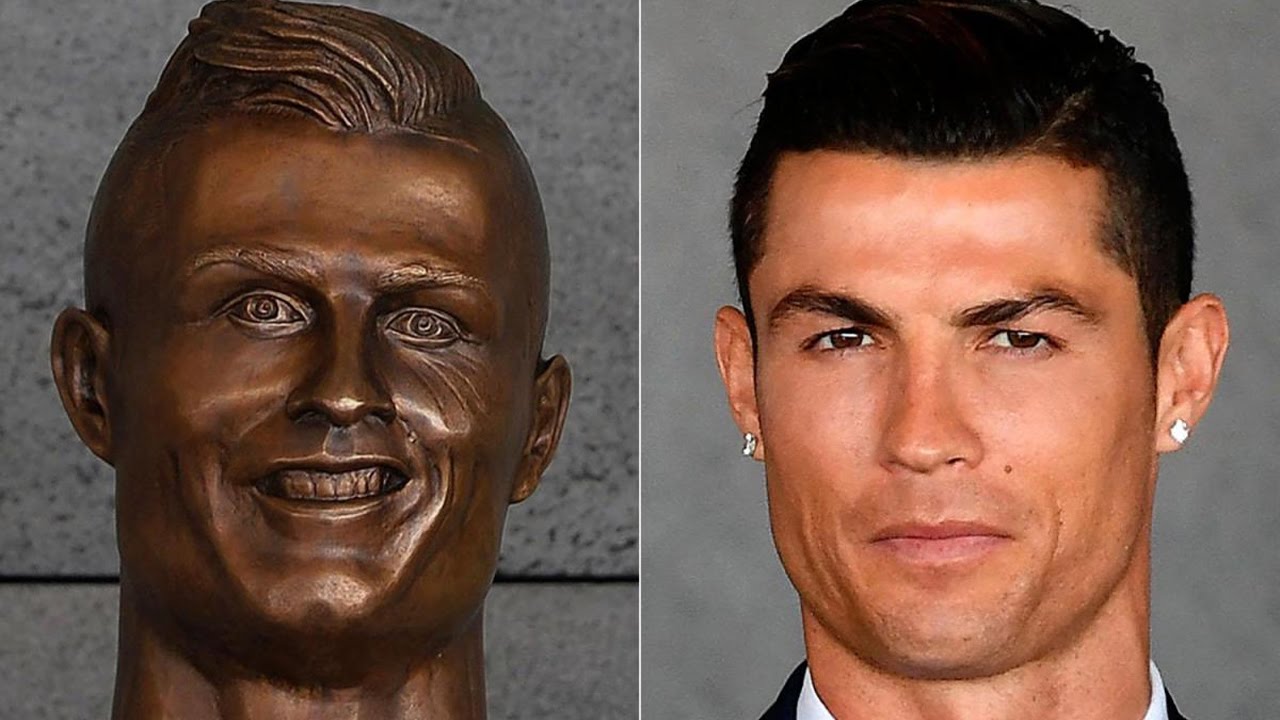SkepticSteve
Member
A bit of a more entertaining video reminding us that not everything was perfect in ancient Egypt:
A bit of a more entertaining video reminding us that not everything was perfect in ancient Egypt:

I’ve read many accounts written by experts of how the ancient Egyptian granite cutters and their descendants would fashion porphyry sculpture for their Roman masters using nothing more than diorite pounders. Banging one rock on another, they would hammer the surface to powder, slowly shaping 20-ton blocks of granite into the likeness of a pharaoh. I’d like to see someone try this. Not just the few powdering blows on a boulder demonstrated by a talking head on a telly programme, but the actual fashioning of the delicate parts of an Egyptian masterpiece, the fine facial features you always see or the internal corners of a quartzite sarcophagus. No one could do that with a rock. It isn’t possible. I reckon they used copper wheels powered by some kind of lathe. It was either water-powered or, more likely, a man-powered hamster wheel contraption. I know there is no evidence in archaeology for this idea, but the great products of Egyptian stonework, the fine features and precise undercutting on most of their hardstones – to say nothing of the thin slices used in their goldwork – are just too good to have been achieved by banging one stone on another. So wheel-cutting was surely the way to go.
I don't necessarily agree with this, but it does come from someone with relevant practical experience. Greenhalgh presumably understands that the 'copper wheels' would be accompanied by a sufficiently hard abrasive.
"No one could do that with a rock. It isn’t possible."In the book Greenhalgh discusses the techniques of ancient sculptors, and remarks:
I agree, but 'tube drills' seem closer to Greenhalgh's 'copper wheel' hypothesis than 'banging one rock on another'. I'm not sure if anyone has actually proposed the latter as a general solution to the puzzle of Egyptian carving. If not, then Greenhalgh was attacking a straw man. But as someone who has actually produced convincing Egyptian antiquities in his back garden shed, he does have a unique perspective on the problem.They drilled the sarcophagus with tube drills first, chipped out the cores then finished the corners. Not impossible at all.
I agree, but 'tube drills' seem closer to Greenhalgh's 'copper wheel' hypothesis than 'banging one rock on another'. I'm not sure if anyone has actually proposed the latter as a general solution to the puzzle of Egyptian carving. If not, then Greenhalgh was attacking a straw man. But as someone who has actually produced convincing Egyptian antiquities in his back garden shed, he does have a unique perspective on the problem.
The use of stone mauls for pounding calcite, granite, basalt, quartzite or grey-wacke from the interiors of sarcophagi is impracticable: the force of the blows would soon have cracked the already shaped stone blocks. The use of flint chisels and punches would have taken far too long to remove such a large mass of stone. Therefore, Egyptian craftworkers employed the copper tubular drill for hollowing Sekhemkhet's calcite sarcophagus, a tool that had served them well since Nagada II times for hollowing the hard stone vessels, and drilling the holes in their lug handles.
Stocks, Denys A.. Experiments in Egyptian Archaeology (p. 161). Taylor and Francis. Kindle Edition.
The key claim is, that these structures and artifacts were not manufactured by these ancient cultures self, but instead merely inherited from lost pre-historic civilizations with advanced manufacturing capabilities.
They claim that the manufacturing precision of of the surfaces makes the use of hand tools highly unlikely and suggest that an advanced manufacturing technique was put to use (begins at 16:51) :
@Scaramanga , as a dedicated Time Team fan (I once wanted to be an archaeologist until I learned it was going to involve a lot of pick and shovel work), I always enjoy their experimental archaeology segments, where they try to reproduce artifacts or techniques using the same kind of tools that would have been available to the original population of a site.
There's a meme going around about people losing their 10mm nuts. It's not just the ancestors!I'm always surprised, on Time Team, just how often they find all manner of odds and ends at excavation sites....as if nobody in history ever really bothered to clean up a site before laying new foundations for a building on top of an old one. But our ancestors being messy is often what leads to the best findings.
